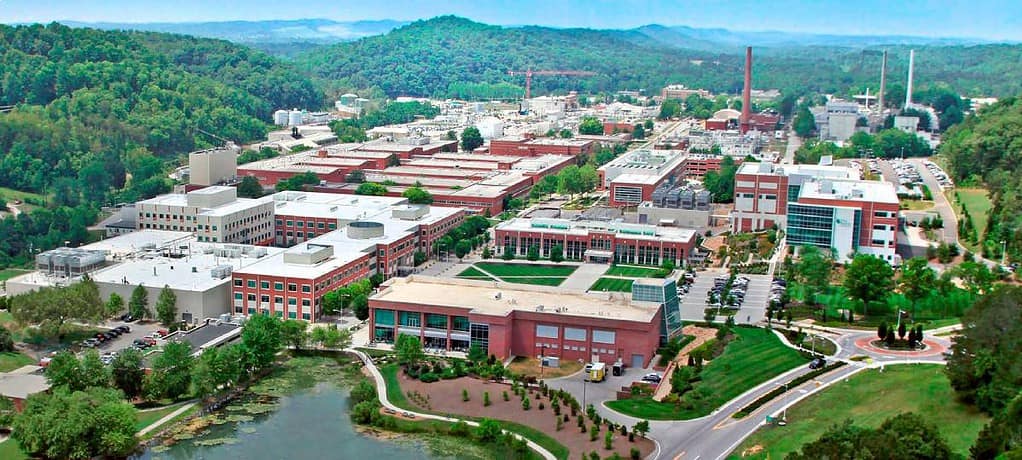Project lead Edgar Lara-Curzio said the effort provides three key benefits: Enabling wider adoption of electric vehicles to slow climate change impacts; protecting national security by reducing dependence on foreign materials; and bringing economic development to former coal mining communities.
Bishnu Thapaliya, an electrochemist on the research team, said the potential impact is inspiring. “We can pivot from using coal to generate electricity to using coal to enable clean energy technologies, while helping people get back jobs and diversifying the supply chain for industry,” he said.
The University of Kentucky Center for Applied Energy Research partnered with ORNL to prepare and supply pitches, coal and waste coal materials for use in the project.
Industry partner Ramaco Carbon, a subsidiary of Ramaco Resources, Inc. which owns coal mines in Wyoming and Appalachia, supplies coal for the project and is poised to commercialize the technology. “We are encouraged by the progress and breakthroughs we’ve made working with ORNL and are actively reviewing plans to design and build a pilot production facility that we can ramp into larger-scale production,” said Ramaco chairman and CEO Randy Atkins.
The project has rapidly produced a series of significant scientific and engineering advances. First, ORNL researchers optimized a process to heat the coal without oxygen, which prevents burning and transforms it into two major products: gases that can be condensed into coal liquids, and coal char. One branch of the research team invented a method to treat the liquid byproduct before using an existing pressure-spray technique to make fine particles. Meanwhile, colleagues developed a recipe for converting either the particles or the char into graphite inside an electrochemical reactor.
“Lithium and cobalt are two critical minerals in batteries that grab all the headlines, but the biggest material by weight in the EV battery is graphite,” said Eric Wolfe, an engineer leading ORNL’s effort to scale up the electrochemical reactor. “The better the quality of graphite, the better battery you’re going to have. We can’t mine it here in the U.S., but now we can make it.”
The performance and cost are competitive. A preliminary techno-economic analysis concluded the new process could be less expensive than conventional methods of making graphite. Test batteries made using ORNL graphite maintain their capacity after hundreds of cycles almost as effectively as their commercial counterparts.
The ORNL method can even make graphite with waste from coal processing and old mines, creating value while performing environmental restoration. “We are very excited because we have found a way to utilize as much coal waste as possible,” Lara-Curzio said.
This Oak Ridge National Laboratory news article "Two paths, many benefits" was originally found on https://www.ornl.gov/news

